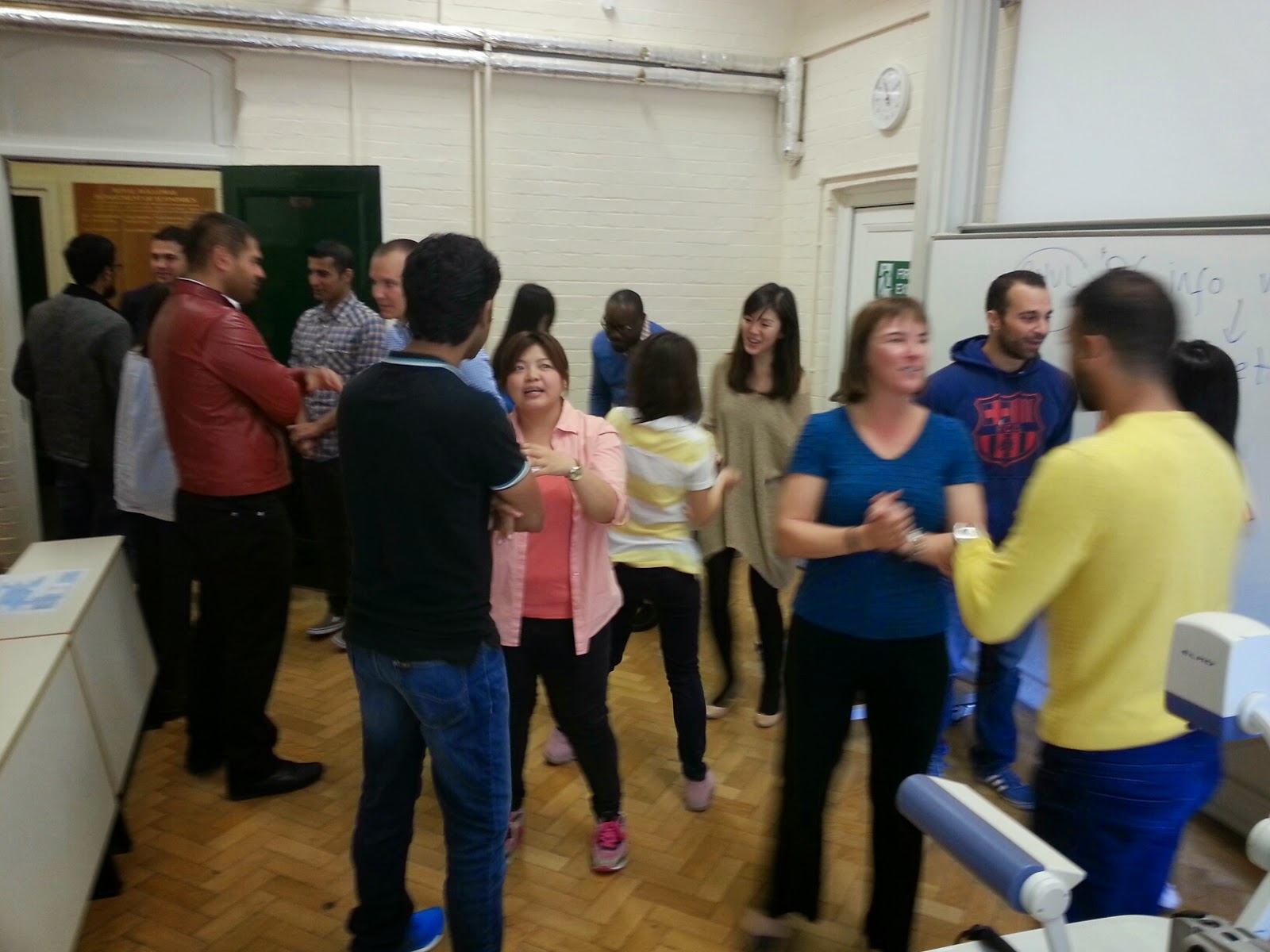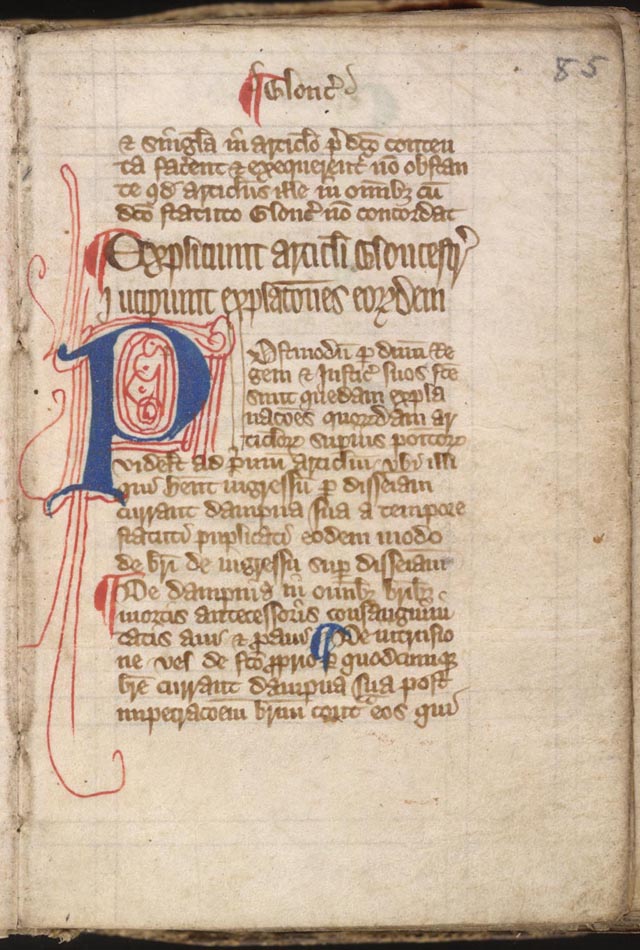Fresh arrivals at Royal Holloway's ultra modern school of management enjoyed mostly great weather to say "hello" to their new home. Virtual Tour Link.
 |
| Truly Global MBAs work together |
The MBA group, as you might expect from industry experienced practitioners, hit the ground running with fun but intensive workshops from the off. MBA Director Justin O'Brien lined up a range of activities aimed at fast tracking the new joiners down the learning curve. In addition to briefings on the challenging programme format, totally revised for 2014, there were professional development exercises, team building challenges and encouragement to begin to critically reflect on the self.
 |
Has anyone got the glue ? |
Over the weekend students were encouraged to visit Brighton before the winter weather arrives and the work load cranks up, although nearby Windsor is always on the visit list. Last year KelliAnn used Student Union trips to explore more of England, as featured in this post.
 |
Fun Learning ? |
Week two sees students learn insider tips on cracking the grueling UK university writing requirements ( see mbadirector.blogspot.co.uk for free hints on this ) that even mother tongue candidates from north America find challenging. Mid week sees an innovative collaboration with history colleagues who will investigate the nature of truth using a public history lens. Topics will include consideration of Stalin's photo manipulation of Soviet news/propoganda and the managerial politics of the Cuban missile conflict, noting dramatic liberties taken in the Kevin Kostner movie 11 Days. Check out this taster video from Emmett Sullivan's public history MOOC.
The second busy week concludes with two day long introductions to the Philosophy of Management that brings to the fore the School of Management's critical personality, with something that is unique to the Royal Holloway MBA programme. Catch a flavour here.
Rather uniquely, the serious, business focussed MBA group kick off their drama engagement with a cohort visit to the theatre in Sloane Square in central London. The Royal Court specialises in show casing new productions that offer edgy and challenging experiences that we use to offer the MBA class a common shared experience ahead of drama led open space learning that utilises theatrical ensemble team building approaches. This activity was showcased in the Guardian national newspaper last year.
 |
MBA "T-shaped" skill sets to help career development |
The rich and varied blend of activities aimed at developing soft management skills and hard academic knowledge sees many MBA commentators describe the wide ranging and broad management programme as providing a T shaped skill set. Taking those with narrow or mono functional experience and offering an ab initio, from the beginning, in depth introduction to the other key business functions. The horizontal bredth dimensions allowing MBA candidates to sit comfortably around the C-suite board rooms of power.













